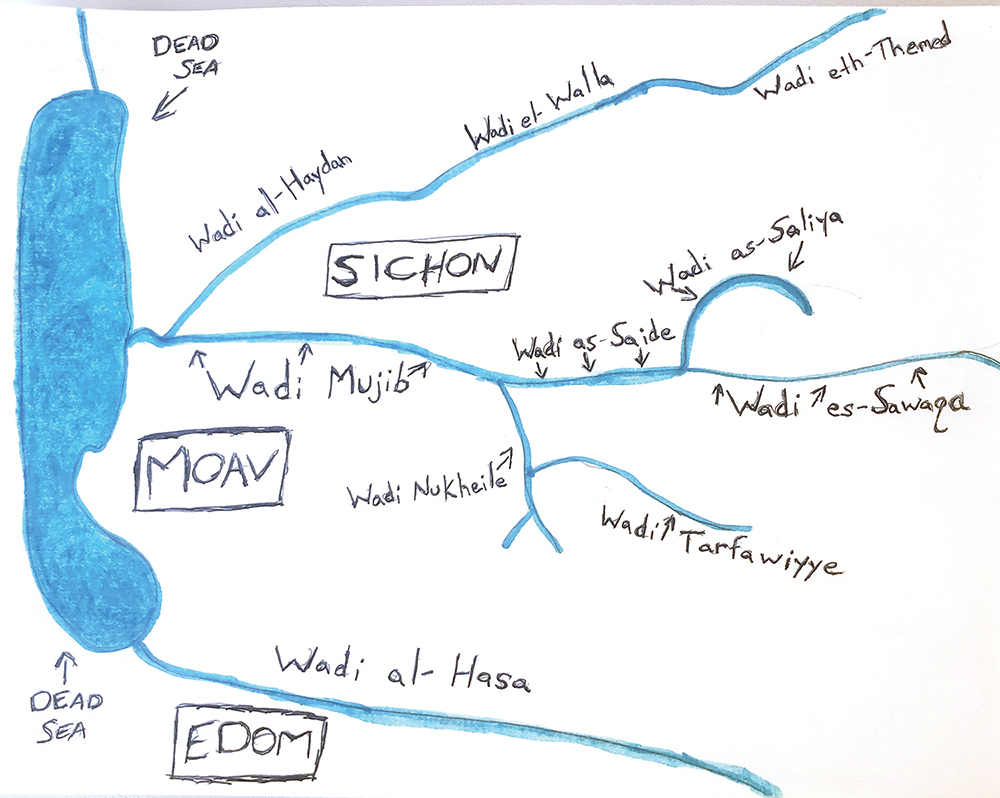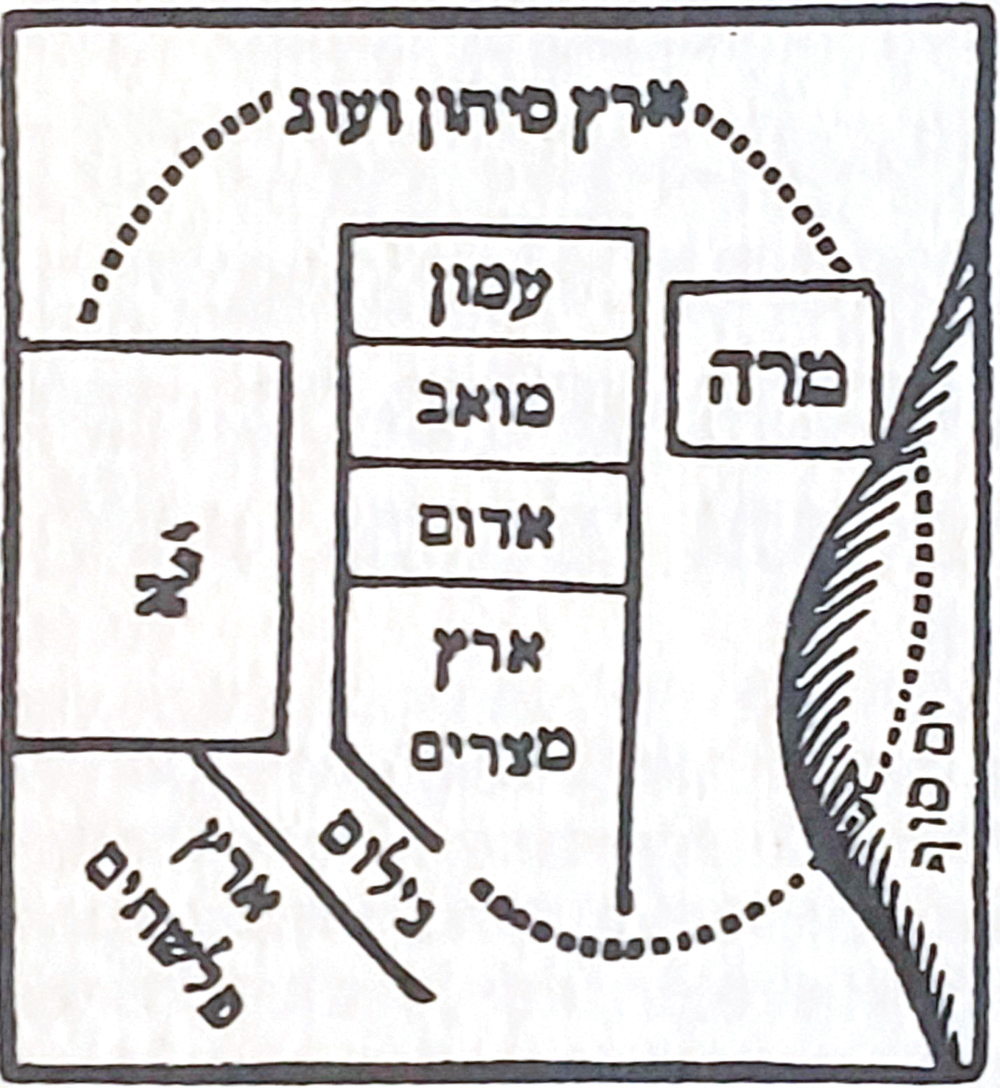
A Puzzling Baal HaTurim
Last week I discussed which “Kadesh” the nation stayed at “for many days,” siding with those who say it was the Kadesh next to Edom.

Last week I discussed which “Kadesh” the nation stayed at “for many days,” siding with those who say it was the Kadesh next to Edom.

After recapping what happened with the מרגלים, Moshe adds that the nation “dwelled in Kadesh for many days” (Devarim 1:46). But which Kadesh? Was it

Although Nachal Zered is one of the encampments mentioned in the nation’s travels (Bamidbar 21:12), it isn’t listed as one of the encampments in Parshas

Sefer Bamidbar contains two censuses, one at the beginning of the Sefer (taken a year after the Exodus), and one in our Parsha (taken in

Parshas Balak takes place while the Children of Israel were camped at Arvos Moav. As a matter of fact, they were in Arvos Moav from

While the Children of Israel were in Kadesh, Moshe sent messengers to Edom, asking for permission to pass through their land (Bamidbar 20:14-17), but they

The Torah doesn’t tell us where Korach’s rebellion took place. The last location given is “the desert” (Bamidbar 15:32), where the wood gatherer violated the

The location from where the מרגלים (scouts or spies) were sent has been the topic of much discussion, for several reasons. For one thing, the

On the 20th of Iyar, 2449, the Children of Israel left Sinai (Bamidbar 10:12) after spending almost a year there. The subsequent places mentioned in

In Sefer Bamidbar, all communication between God and Moshe seems to occur in the Mishkan (see Rashbam, Ibn Ezra and Chizkuni on Bamidbar 1:1). However,

Sefer Vayikra ends with God communicating with Moshe on Mt. Sinai, while Sefer Bamidbar begins with God communicating with Moshe in the Sinai Desert, in

The end of Sefer Vayikra has puzzled commentators and scholars for centuries. After all, the section of the “blessings and the curses” (Vayikra 26:3-46) seems